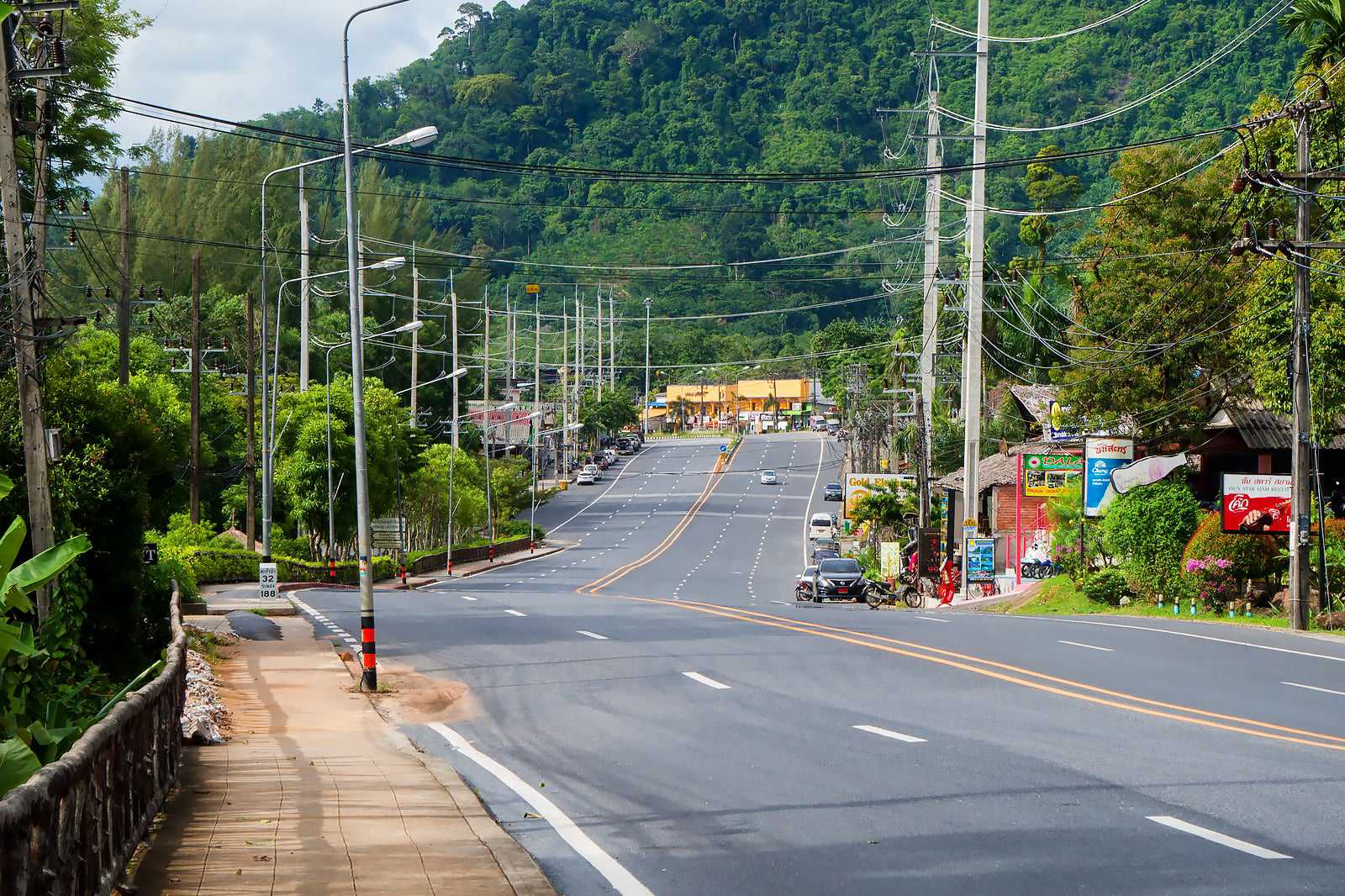Our Khao Lak Travel Essentials guide contains all the basics and details you need for an unforgettable holiday in this mountainous region. You'll find information about the local climate in addition to the currency, plug styles, electricity and emergency phone numbers. Plus, this guide offers insight into how to get to Khao Lak and travel around town after arrival.
No trip to Khao Lak would be complete without enjoying some of the top festivals and landmarks in town, and you can find details on several of them in this guide. With our guide in your hands, you'll have everything you need to explore these mountain villages.
When is the best time to travel to Khao Lak?

- Temperatures in Khao Lak tend to be fairly consistent throughout the year and have only minuscule seasonal differences, as temperatures typically range from lows around 25°C at night to highs of 32°C during sunny days.
- There is a rainy season that lasts from August to October, with October being the rainiest month and having rain nearly every day.
- The warmest months are March and April, both reaching highs of around 33°C, though the humidity in April may make it feel hotter.
- The best time to visit Khao Lak is generally in January or February. With the temperatures largely the same all year long, your primary concern is rain, and those months only average 2 days and 5 days of rain, respectively.
Khao Lak basics

- Plug type: Primary plug types in Thailand as a whole are Type C and Type O with a few Type A and Type B plugs too, though the latter 2 are being phased out. Either way, you'll need an adapter for UK Type G devices.
- Electricity: Thailand uses 230 V at a frequency of 50 Hz.
- Currency: Khao Lak uses the Thai baht.
- International dialling code: The international dialling code for Thailand is +66.
- Emergency telephone number: In an emergency, call 1669 for an ambulance, 191 for police and 199 for fire.
Ezek is érdekelhetnek
- 10 Best Family Things to Do in Khao Lak
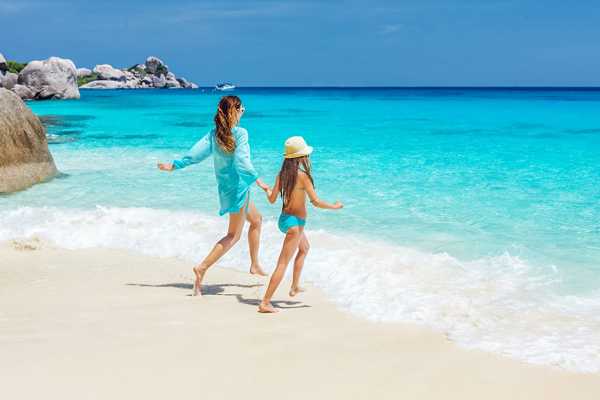
10 Best Family Things to Do in Khao Lak
Thailand - 5 Best Places to Go Shopping in Khao Lak
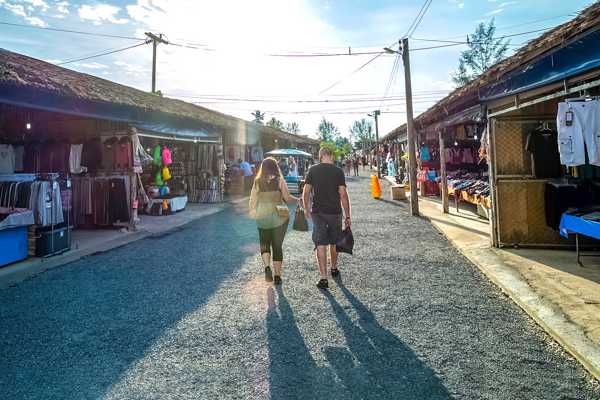
5 Best Places to Go Shopping in Khao Lak
Thailand - 5 Best Things to Do After Dinner in Khao Lak
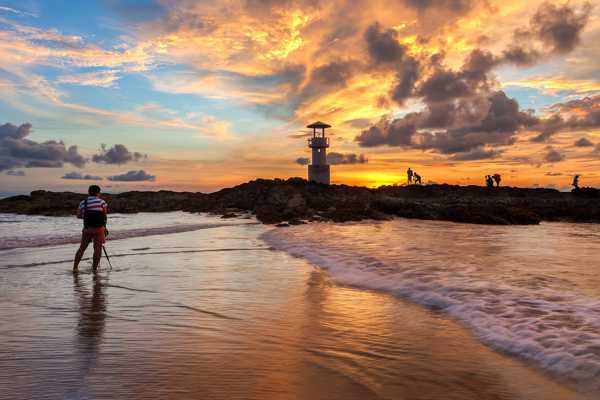
5 Best Things to Do After Dinner in Khao Lak
Thailand
How to get to my hotel in Khao Lak?

Khao Lak doesn't have an airport, but it's well connected to towns and cities that do, so it's never that hard to get into this collection of villages. In fact, when you fly into Phuket or Krabi, you can find people-carrier services that take you straight from the airport to Khao Lak. Of course, taxis, buses and car hire are also available to get you from the airports to the villages.
Airports
There are no airports in Khao Lak, but the airports in Phuket and Krabi are fairly close. Both serve international destinations too, so there's a good chance you'll be flying into one of them.
Major train stations
The closest train station is in Surat Thani, which is on the east coast and a good 124 miles away. If you want to ride a train, you can take the railway from Bangkok to Surat Thani, then take a bus or taxi from there to Khao Lak.
Ports
Reaching Khao Lak by water is also an option since it's on the western coast, and several islands in the Koh Lanta region offer ferries to Khao Lak. This region is accessible from Krabi, though taking a bus to Khao Lak is technically faster.
How to get around Khao Lak?

Travel tips
The Khao Lak region is about 12.5 miles long, so that leaves room for a wide variety of methods of travel. It's important to remember, however, that it's a collection of separate villages that are spread apart, so it's not exactly built for pedestrians. Additionally, the roads can be quite dangerous for the inexperienced, as local police tend to be lax about speed limits. Because the region is difficult to navigate by self-driving or walking and there is no bus system, taxis are among the most efficient ways to get around.
Underground system
There is no underground in Khao Lak, and the closest train of any kind is about 124 miles away.
Taxi and ride-hailing apps
Taxis dominate the transport options in this region. They can come in many different forms but are predominantly either motorbikes or songthaews, which are converted pickup trucks. If you have a large group, a songthaew is essentially your only option. Ride-hailing apps like Uber don't operate in Thailand, but Grab does. You may not find anything as far out as Khao Lak, however, so taxis may be your only option.
Bus network
There is no bus network to get you around the area. Any buses you see are to get in and out of the region rather than to travel within it.
Car hire
Car hire is available, though they're not all that prominent throughout the region. Instead, you'll find plenty of motorbikes available for hire. As long as you have a valid driving licence and an international driver's permit, you can hire one for yourself. Just keep in mind that they can be hard to control for people without experience, so give a motorbike a test run in a car park or quiet road before taking it out properly.
Bike hire
If you're interested in a bicycle without a motor, that's available as well. They can be great for getting around individual villages, but it'll be a significant workout to take a bicycle throughout the entire 12.5-mile length of the region.
What are the main annual festivals in Khao Lak?

Thai Muang Turtle Festival
- When: Early March
- What: The Thai Muang Turtle Festival celebrates turtle conservation, as the beaches of Thai Muang in Khao Lak have essential nesting sites for turtles. During the festival, turtles raised in the local sanctuary are released into the sea by participants. Plus, plenty of delicious food is on offer that you can enjoy while looking at the turtles.
- Where: The beaches of Thai Muang
Songkran Festival
- When: 13-17 April
- What: The Songkran Festival is the Thai New Year festival that celebrates the traditional way: with water. The actual purpose of the water has changed quite a bit in recent times, however, as it's no longer solely used to make offerings and appointments. These days, this celebration features people dousing each other with water from buckets or water pistols in the street, and you're free to join in as you like for family-friendly fun.
- Where: Throughout the region
Loy Krathong Festival
- When: November
- What: The Loy Krathong Festival is celebrated across the country and features floating vessels or lamps that are released into the water. Throughout the festival, small lights illuminate the river or sea after nightfall. Visitors are welcome to participate, and plenty of these floating vessels are available from local stalls.
- Where: By shores and riverbanks throughout the region
What are the main landmarks in Khao Lak?

Similan Islands
The Similan Islands is an archipelago a few miles west of Khao Lak in the Andaman Sea. You can get there from the Tab Lamu Port with a 3-hour boat ride, though speedboats can make the trip in just over an hour. Once you arrive, you'll find yourself in Similan Islands Park, a national park with well-protected greenery and scenic views. Just be aware that it can get quite crowded at times, and it's closed during the rainy season.
International Tsunami Museum
The International Tsunami Museum is dedicated to preserving the 2004 Boxing Day Tsunami that struck the area. Within the museum, the exact timeline of events is documented, and you can see actual relics from the destruction that this massive tsunami caused. Tales from survivors are preserved here as well, along with other fascinating stories from the post-disaster period.
Samet Nangshe Viewpoint
Samet Nangshe Viewpoint is an iconic observation point where you can take in the scenic Phang Nga Bay. It's a fairly secluded location, so the light pollution from cities and towns doesn't have that much effect here. Because of this, nighttime visits allow you to peer up into the wider galaxy, and the Milky Way is visible on particularly clear nights.
Takua Pa Old Town
Takua Pa Old Town is a historic area in the region known for its unique Chino-Portuguese architecture, a design stemming from the colonial days of the area. While once a mining town, the modern community is much more laid back and simplistic, boasting fun shops and markets throughout. Food is especially important here, making it a great place to try the local cuisine.
Ez a cikk a Go Guides szerkesztőségének véleményét ismerteti. A Hotels.com ellentételezést nyújt a szerzőknek az ezen a weboldalon megjelenő írásaikért; az ilyen ellentételezések körébe tartozhat az utazási és egyéb költségek megtérítése.
Kezdj hozzá az utad tervezéséhez!
Hol érdemes megszállni Khao Lak területén
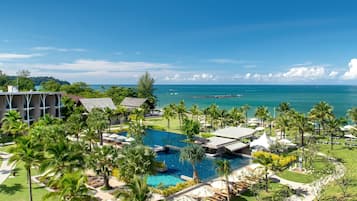
The Sands Khao Lak by Katathani
The Sands Khao Lak by Katathani
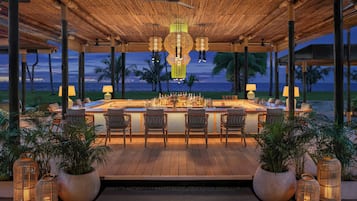
JW Marriott Khao Lak Resort and Spa
JW Marriott Khao Lak Resort and Spa

OUTRIGGER Khao Lak Beach Resort
OUTRIGGER Khao Lak Beach Resort

Le Meridien Khao Lak Resort & Spa
Le Meridien Khao Lak Resort & Spa

The Little Shore Khao Lak by Katathani
The Little Shore Khao Lak by Katathani

La Flora Khao Lak
La Flora Khao Lak

AYARA VILLAS KHAOLAK
AYARA VILLAS KHAOLAK

Pullman Khao Lak Resort
Pullman Khao Lak Resort

Avani+ Khao Lak Resort
Avani+ Khao Lak Resort

X10 Khaolak
X10 Khaolak
Kapcsolódó bejegyzések
- 10 Best Family Things to Do in Khao Lak

10 Best Family Things to Do in Khao Lak
Thailand - 5 Best Places to Go Shopping in Khao Lak

5 Best Places to Go Shopping in Khao Lak
Thailand - 5 Best Things to Do After Dinner in Khao Lak

5 Best Things to Do After Dinner in Khao Lak
Thailand - 10 Best Things to Do in Khao Lak
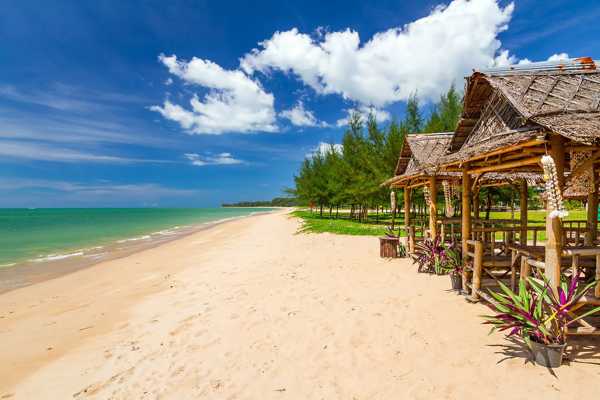
10 Best Things to Do in Khao Lak
Thailand - 5 Best Beaches in Khao Lak
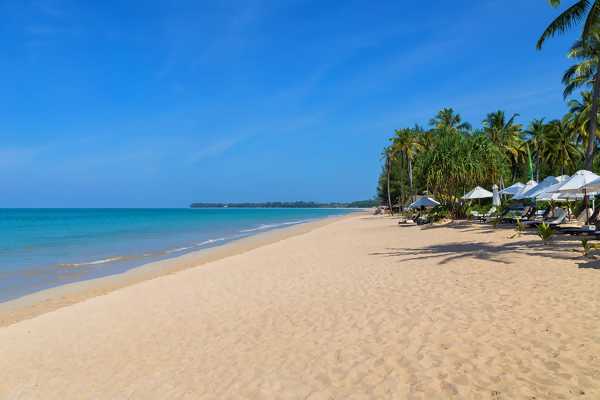
5 Best Beaches in Khao Lak
Thailand - 5 Best Restaurants in Khao Lak
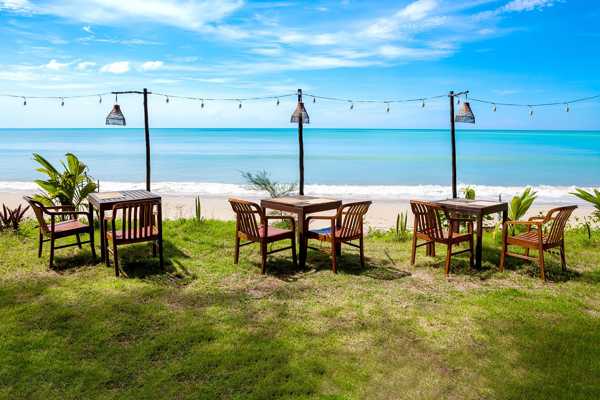
5 Best Restaurants in Khao Lak
Thailand - Wat Tham Ta Pan in Phang Nga Town

Wat Tham Ta Pan in Phang Nga Town
Thailand - Phuket Kayaking
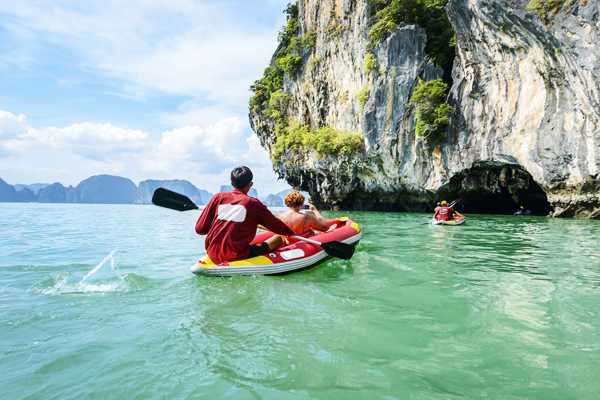
Phuket Kayaking
Thailand
